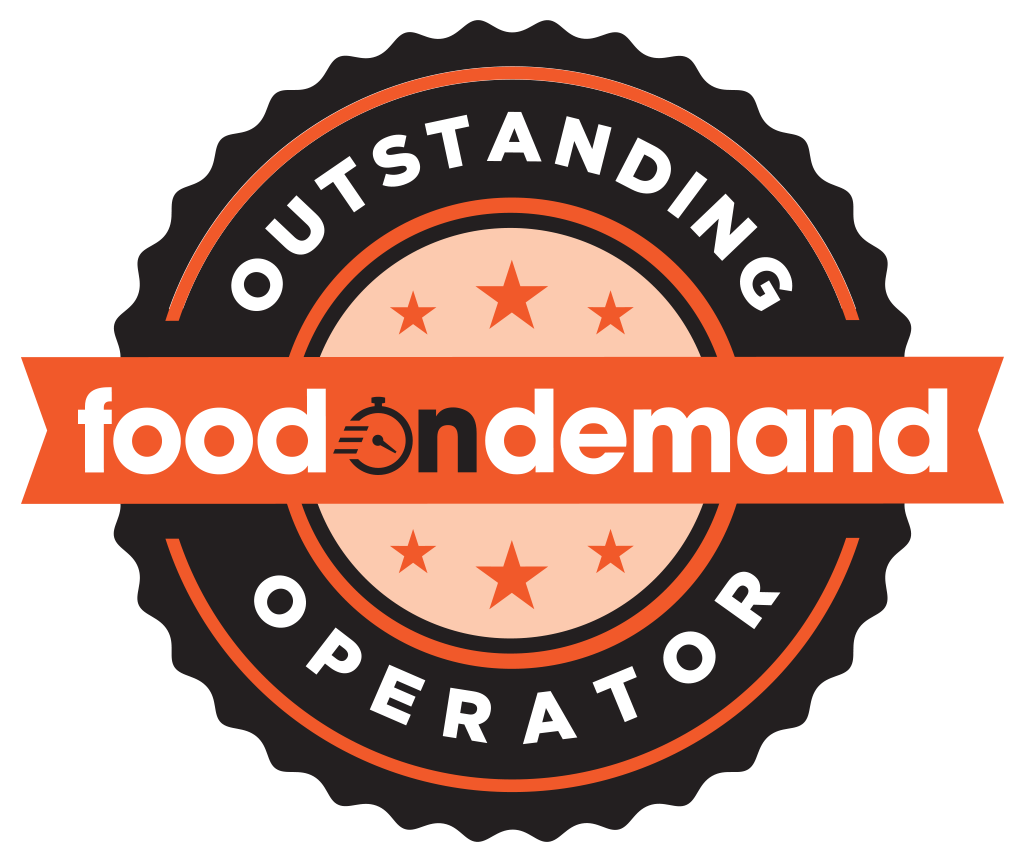As the restaurant industry adapts to shifting consumer preferences, economic challenges, and the rise of digital dining, Food On Demand explores key trends shaping the landscape in 2025.
Continued closures and impact
The restaurant sector has seen its fair share of closures recently, with some of the biggest brands scaling back, a trend likely to continue.
Wendy’s closed 140 locations and Denny’s shut down 150 underperforming stores. Meanwhile, several brands, including Red Lobster and TGI Fridays, filed for Chapter 11 bankruptcy.
Jim Balis, a partner at Strategic Operations Group at CapitalSpring, a PE firm that’s invested nearly $3 billion into restaurant and foodservice brands, weighs in on the closures, saying that while painful, they often provide cover for other businesses doing the same.
“If everybody’s closing and I close, I don’t look as bad. The negative PR associated with closures becomes less impactful when it’s happening across the board,” he said. Adding that when a location isn’t performing well, it’s often more strategic to close it and reallocate resources to more successful spots.
Shift towards smaller, digital-forward models
While closures are one side of the equation, we are seeing a growing trend towards smaller, digital-forward restaurant models.
As more customers are using drive-thrus or ordering takeout, there’s less need for vast seating areas. Balis pointed to Dunkin’ Donuts, which has scaled back its dining room space in favor of serving a more to-go-focused customer base.
Several brands are rolling out digital-forward prototypes. Potbelly and Panera have debuted smaller prototypes. KFC just opened its “digital twin” Saucy. Taco Bell and Chick-fil-A have unveiled futuristic formats, including second floors for food production and multiple pickup lanes where orders are sent down via conveyor systems to cars.
Restaurants are also incorporating kiosks, dedicated pickup areas, and mobile-order drive-thru lanes.
Delivery demand continues
This all comes as off-premises is predicted to remain sticky in 2025.
And on the third-party delivery front, consumers have shown they are willing to pay more for convenience.
Victor Fernandez, vice president of insights and knowledge for Black Box Intelligence, confirms delivery is here to stay.
“If you look at the data from before the pandemic, every year from 2016 onward saw a larger percentage of consumption happening off-premises,” said Fernandez. “This trend isn’t something COVID created; it’s something COVID accelerated.”
Even full-service restaurants, traditionally resistant to sending their higher-end meals out the door, are embracing delivery. Catering is also poised for a big year in the restaurant industry as more restaurants add the funnel to their operations.
Yet, this doesn’t mean an abandonment of on-premise dining. “There’s going to be a balance,” said Balis. “But for the most part, those that have settled on an efficient balance between on and off-premises dining will likely maintain their footprint, with some potential for minor shrinkage.”
Technology and automation
A rise in automation is also expected in 2025.
“You’re going to see more brands use automation in the back of house, “ said Balis. “To produce products for consumers who are getting their food to consume off-premise—someone who orders ahead on your app, through a website, or even through a third party and isn’t there for the experience. You can create something that’s perfectly consistent, and perfectly portioned.”
This can be seen in examples like Chipotle, which deployed its Autocado to take over the mundane task of cutting, coring and peeling avocados. Or as seen with the Hyphen Makeline, which automatically weighs and dispenses ingredients into bowls.
AI in marketing and operations
Artificial intelligence (AI) is poised to impact both restaurant marketing and operations, creating personalized marketing efforts, like targeted limited-time offers (LTOs).
“AI will allow brands to craft promotions that are more tailored to their customers’ preferences,” said Balis. “Instead of a broad promotion like a spicy burger, AI could help create multiple versions of that LTO for different tastes.”
The tech will also aid in decision-making, such as demand forecasting and staffing for restaurants.
Tiffany Furman, CFO of Habit Bar & Grill, highlighted this during the Restaurant Finance and Development Conference. “Demand forecasting is an opportunity to leverage AI,” she said. “Managing a restaurant starts with a really good sales forecast. If you have one, it can help reduce food waste and allow you to provide guests with a better experience.”
Consumers can also expect to see a lot more voice AI in drive-thrus. Not only to automate order-taking but to encourage upselling.
Several brands have already implemented the tech in select drive-thrus, including Taco Bell, Wendy’s, Jack in the Box and others.
Additionally, AI will play a key role in delivery operations, as platforms invest in AI systems that optimize routes in real-time, reducing delivery times.
And of course, we’d be remiss not to mention robotics for delivery fulfillment. Restaurants have partnered with companies to utilize AI-driven tech like sidewalk delivery bots and drones. However, most restaurants are only in the pilot stages.
In 2025, it’s likely to see AI more commonly integrated into back-of-house operations or used in predictive ordering models.
“We’re going to see a lot more tech, but it’s all about finding that balance—whether it’s the right size footprint, the right mix of on-and off-premise, or the best ways to leverage automation and AI,” Balis said.


